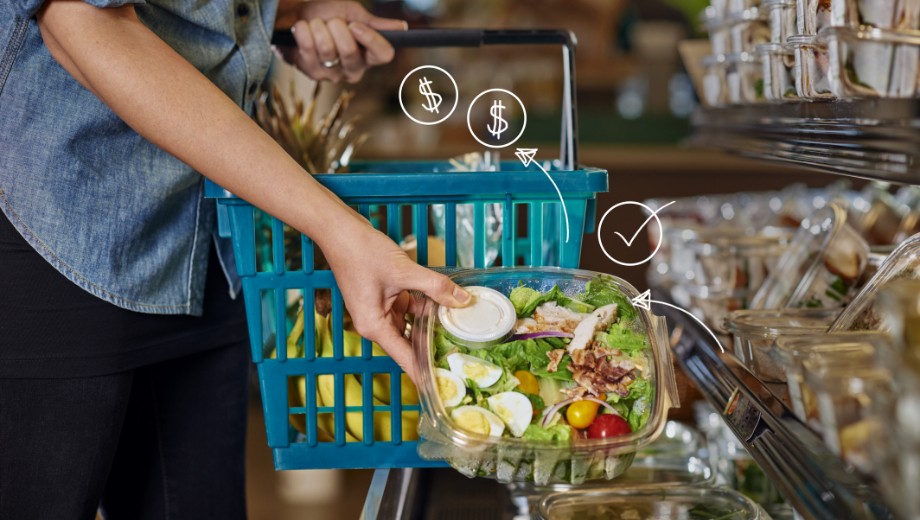A sensible solution for a broad EAS user base
Countless stores have RF EAS gate readers installed. But despite using similar basic technology, these readers cannot work as RAIN RFID readers. That is why Avery Dennison developed a product that combines item-level tracking and digital ID capabilities of a high-performance RAIN RFID (UHF) tag suitable for a wide range of retail apparel products and applications with the secondary loss prevention functionality of an EAS tag - all unified in one single form factor.
Enabling retailers to stay ahead of trends
The primary, RAIN RFID related feature, enables retailers to benefit from improved inventory accuracy and brand security and the ability to create a more satisfying shopping experience that is focused on maximizing convenience and utility. The new dual-technology inlay contributes to frictionless shopping as it enables (self-)checkout solutions that do not interfere with EAS-based anti-theft systems: When the inlay is scanned by a RAIN RFID reader during the checkout procedure, the EAS functionality can be deactivated automatically, abolishing the need for a manual detachment of the otherwise needed dedicated EAS tag.
The RAIN RFID plus EAS inlay at a glance
AD-362r6-P inlays from Avery Dennison are a unique dual-technology design that incorporates a UHF RFID inlay and an Electronic Article Surveillance (EAS) tag in a single die-cut label. AD-362r6-P inlays are equipped with the Impinj Monza R6-P IC that provides interchangeable 96/128 bit EPC and 64/32 bit User Memory. TID memory is 96 bits with a 48-bit unique serial number. The inlay is approved by the RFID Lab at Auburn University and meets ARC performance and quality requirements.



